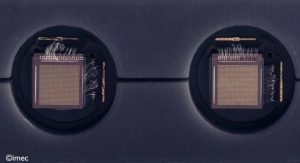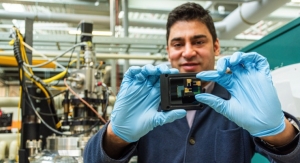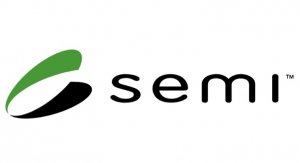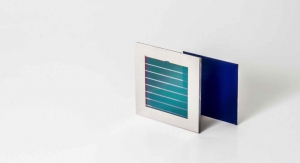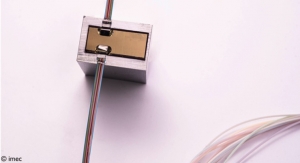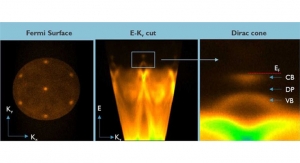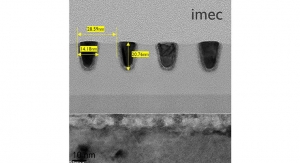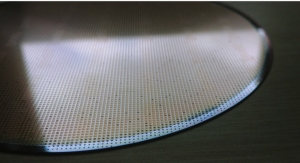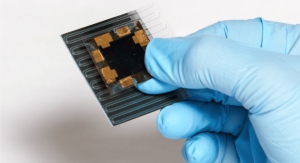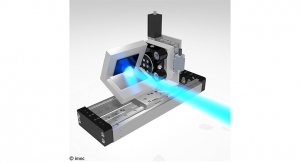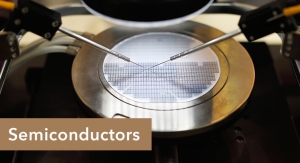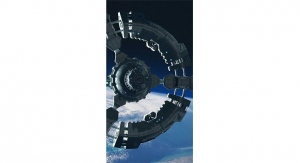06.08.18
Imec announced at the International Microwave Symposium in Philadelphia the world’s first CMOS 140GHz radar-on-chip system with integrated antennas in standard 28nm technology. The achievement is an important step in the development of radar-based sensors for a myriad of smart intuitive applications, such as building security, remote health monitoring of car drivers, breathing and heart rate of patients, and gesture recognition for man-machine interaction.
Radars are extremely promising as sensors for contactless, non-intrusive interaction in internet of -things applications such as people detection and classification, vital signs monitoring and gesture interfacing. A wide adoption will only be possible if radars achieve a higher resolution, become much smaller, more power-efficient to run, and cheaper to produce and to buy. This is what imec’s research on 140GHz radar technology targets.
This low-power 140GHz radar solution comprises an imec proprietary two antenna SISO (Single Input Single Output) radar transceiver chip and a frequency modulated continuous wave phase-locked loop (FMCW PLL), off-the shelf ADCs and FPGA and a Matlab chain. The total power consumption for transmitter and receiver remains below 500mW, which can be further reduced by duty cycling.
“With our prototype radar, we have demonstrated all critical specs for radar technology in 28nm standard CMOS technology,” said Wim Van Thillo, IoT program director at imec. “We expect this prototype in the lab by the end of 2018, at which point our partners can start building their application demonstrators. First applications are expected to be person detection and classification for smart buildings, remote car driver vital signs monitoring (as cars evolve towards self-driving vehicles), and gesture recognition for intuitive man-machine interactions. Plenty more innovations will be enabled by this technology once app developers start working with it.”
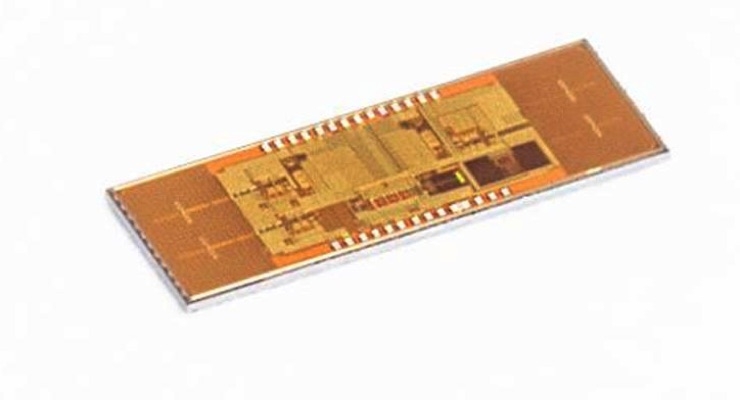
Source: imec
Radars are extremely promising as sensors for contactless, non-intrusive interaction in internet of -things applications such as people detection and classification, vital signs monitoring and gesture interfacing. A wide adoption will only be possible if radars achieve a higher resolution, become much smaller, more power-efficient to run, and cheaper to produce and to buy. This is what imec’s research on 140GHz radar technology targets.
This low-power 140GHz radar solution comprises an imec proprietary two antenna SISO (Single Input Single Output) radar transceiver chip and a frequency modulated continuous wave phase-locked loop (FMCW PLL), off-the shelf ADCs and FPGA and a Matlab chain. The total power consumption for transmitter and receiver remains below 500mW, which can be further reduced by duty cycling.
“With our prototype radar, we have demonstrated all critical specs for radar technology in 28nm standard CMOS technology,” said Wim Van Thillo, IoT program director at imec. “We expect this prototype in the lab by the end of 2018, at which point our partners can start building their application demonstrators. First applications are expected to be person detection and classification for smart buildings, remote car driver vital signs monitoring (as cars evolve towards self-driving vehicles), and gesture recognition for intuitive man-machine interactions. Plenty more innovations will be enabled by this technology once app developers start working with it.”

Source: imec


